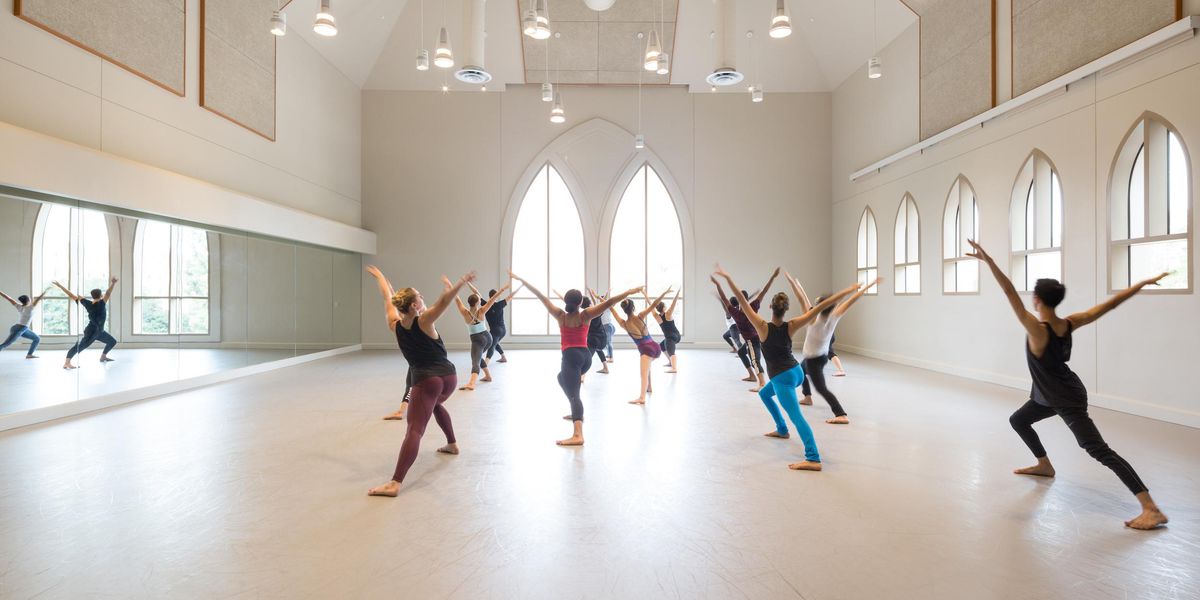Be Your Own Business
Networking, budgeting and strategically aiming for your goals is an art form in itself.
RACHEL S. MOORE, CEO of Los Angeles Music Center
If you see yourself as an artist, there’s a good chance you’d rather leave business and finance to someone else. But if the goal of training hard is snagging that dream role or company slot, then the less glamourous part of achieving your dreams is negotiating the contract, joining a union and managing the money you make while doing what you love. Not all dancers have the luxury of hiring an agent to take care of everything that falls outside the realm of artistry. That’s why Rachel S. Moore, president and CEO of the Los Angeles Music Center and former CEO and executive director at American Ballet Theatre, shares in-depth advice about how to think more strategically about your career in her new book, The Artist’s Compass: The Complete Guide to Building a Life and a Living in the Performing Arts, out this month. She recommends dancers take these five steps to treat their careers more like a business.
- Define success.
Explore strategic partnerships: David Hallberg joined the Bolshoi partly to enhance his skill set. Hallberg in ABT’s Swan Lake. Photo by Gene Schiavone, Courtesy ABT.
Make sure that your vision of success is true to you. “Ask yourself what really excites you,” says Moore. Do you want to land at a big company with name recognition? Or would you enjoy working somewhere you might have more opportunity to perform lead roles? Do you want to tour Europe, or see yourself on TV? Envision that end goal, then allow yourself to recalibrate your definition of success as you grow and gain experience. You don’t have to yearn to be the headliner, either. “For me, I only wanted ABT and to be a star, but that was a narrow view of the world. The corps de ballet is an incredibly important and respected piece of the art work,” says Moore. “The dance world is vast. Keep an open mind. You’ll get much more satisfaction from your career.”
2. Build your brand.
Using social media strategically can highlight what sets you apart from other dancers. This could translate to more roles, more supporters and more showrunners approaching
you about a gig. “Your brand is really an embodiment of your aesthetic and an extension of what you do onstage—opening your heart—so let that shine through on social media,” says Moore. The key to self-promotion, according to Moore and ABT principal dancer Daniil Simkin, who provides his personal tips for social media in the book, is authenticity. “People can spot a phony,” says Moore. “You have to believe in everything you post online. Your photos shouldn’t just make you look pretty; they should reflect how you see your art. Go back to why you’re in this business to identify your unique voice. It takes courage!” If you’re afraid of oversharing, consider having professional social media accounts and a separate personal one for only those close to you, but once you’re committed, don’t go dark on your followers. Keep posting on a regular basis.
3. Line up a “board of directors.”
Moore recommends building a network, based off the concept of a board of directors, rather than following the advice of a single mentor. “Seek out people with all different skill sets, personalities and views, who are at different points in their career,” she says. “Peers will tell you the truth about a dance company’s culture, while someone mid-career will have a very different perspective than a younger dancer. You should also find someone who will talk to you honestly about how your image is coming across.” Your closest advisors should be people who can help you make connections, know your temperament and abilities and will listen when you need counseling.
4. Embrace your inner CFO.
Simkin (here in Fancy Free) says authenticity is key to marketing yourself successfully online. Photo by Marty Sohl, Courtesy ABT.
Artists are often much better with finances than they give themselves credit for. “Nobody is more frugal than a dancer on a budget, and money management is really just problem solving—something we do all day in the studio,” says Moore. Let go of the tendency to dismiss yourself as bad with math or business simply because you’re a dancer. Instead, think of your creative-thinking skills as financial skills. You may feel empowered to not only budget more deliberately but also to save for retirement, invest in real estate or take charge of contract negotiations. Your power suit is a leotard and tights.
5. Seek out growth opportunities.
Most of us want to do the things we’re already good at, but this won’t allow you to grow. “Look at your tendencies and strategically increase your skill set,” says Moore. Great examples: Misty Copeland’s pursuit of meticulous Balanchine work to complement her natural lyricism and David Hallberg joining the Bolshoi partly to work on jumps, for which the company is world-renowned. Look for opportunities to fill the gaps in your training while you’re on the job. That way you’ll be even more marketable for the next one.
Kristyn Brady, a former dancer, is a writer in Vermont.




